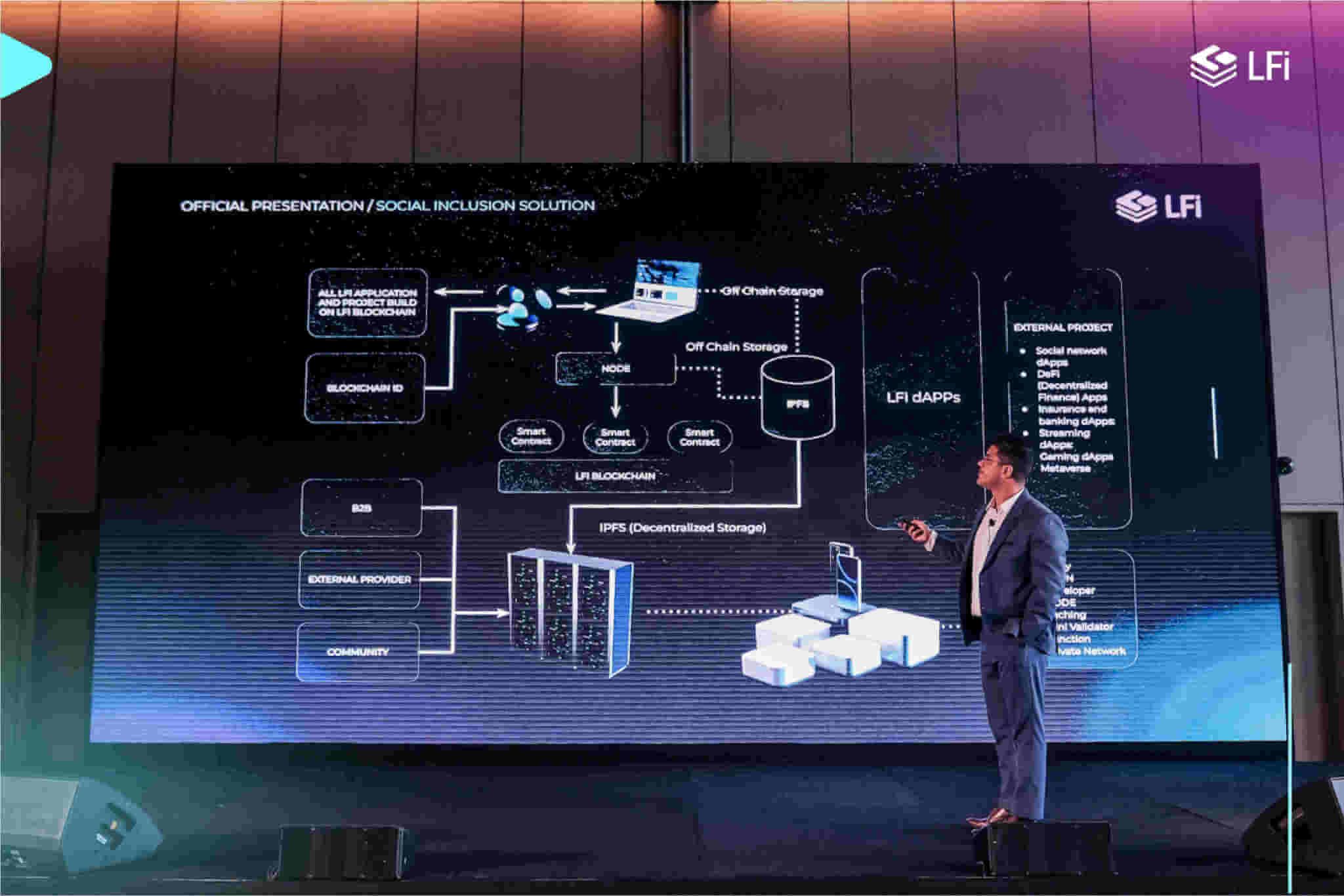Crypto Minting Then and Now: It's Now Easier to Get More Tokens

With the non-stop technological advancements that are happening in the crypto space, minting crypto tokens is much more convenient today than they were before. This makes it easier for users to participate in any minting process, acquire more tokens, and receive more rewards. Here’s how the process changed over the years:
But What Is It?
Minting cryptocurrency involves the creation of new tokens by verifying data, generating new blocks, and recording this information onto the blockchain via a “proof of stake” mechanism. The newly minted cryptocurrency is then introduced into circulation for trading.
Proof of stake represents a distinct approach to block formation, contrasting with the “mining” process in the “proof of work” protocol. In this method, participants are referred to as validators rather than miners, and they engage in minting cryptocurrency through the proof of stake mechanism.
Crypto Minting: Before
Before, the process was a little more challenging than today. Here are some issues that past crypto minters have encountered before:
-
Specialized Hardware Requirement
Just like cryptocurrency mining, minting also demands more than a standard laptop or personal computer. To engage, you require high-powered hardware specifically designed for the task. This hardware typically consists of advanced components tailored to handle the computational and storage demands of the blockchain network you’re participating in.
-
High Storage Capacity
The process often necessitates substantial disk space. The blockchain ledger, which records all transactions and activities on the network, can grow significantly over time. As a participant, you need the capacity to store a copy of the entire blockchain, and this requirement may demand large amounts of storage space.
-
Efficient Computing Power
Efficient computing power is crucial for minting, just as it is for mining. The blockchain network may require participants to perform complex calculations or validate transactions, which demand substantial processing capabilities. High-quality CPUs or GPUs may be required, depending on the blockchain’s consensus algorithm.
-
Costly Setup
Engaging in minting can be an expensive endeavor. The initial investment includes purchasing the specialized hardware, which can be quite costly, especially for top-tier equipment. Additionally, you may need to invest in other components like cooling systems to maintain the hardware’s temperature within safe limits.
-
Space Requirements
The hardware that must be used can take up a significant amount of physical space in your home or designated workspace. At-home setups can include racks of servers or multiple machines, all of which require ample room to operate effectively.
-
Ongoing Maintenance
Maintaining a personal setup is an ongoing commitment. Regular inspections and monitoring are essential to ensure that the hardware functions optimally and that it remains cool to prevent overheating. Hardware failures or issues need to be promptly addressed to avoid downtime.
-
Time and Attention
Engaging in minting isn’t a “set it and forget it” endeavor. It demands your time and attention, as you must monitor the hardware’s performance, track blockchain updates, and stay informed about network changes. This continuous involvement is necessary to ensure the hardware operates efficiently and generates rewards as intended.
Crypto Minting Today
LFi, a financial technology company, has created two innovations that remove the hassle of the old-school type of crypto minting: CloudX Minting Program and LFi One.
Watch: Three Ways to Mint LFi Tokens
-
CloudX Minting Program
For individuals who may not have the resources or expertise to acquire and manage physical machines, LFi introduces an accessible solution called the CloudX Minting Program. This service allows users to lease the necessary hardware for minting LFi tokens. The core idea behind LFi’s proprietary protocol is to empower users to create tokens without the need to purchase expensive hardware, manually configure it, or handle ongoing maintenance.
With CloudX Minting, users can participate by renting the required hardware, which is located in a remote facility. Users contribute significant computational power and data to the platform, ultimately earning rewards in the form of LFi tokens.
Check out this tweet.
-
LFi One
LFi One is a groundbreaking smartphone designed to support cryptocurrency minting. This innovative smartphone, the first of its kind within the LFi ecosystem, offers advanced features that ensure a seamless user experience. It represents a significant technological leap beyond traditional mobile devices because it serves a dual purpose as minting hardware, enabling users to generate digital tokens. Embedded in the phone is a software specially crafted for minting tokens and earning rewards. In addition, LFi One also delivers premium features that rival those of the leading smartphones available in the market.
Watch: LFi One Smartphone Unboxing
Mint With Confidence
LFi has stepped up to encourage more people to step into the crypto world, participate in the community, and earn crypto rewards in a much easier way. Through the LFi One smartphone and CloudX Minting Program, minting crypto is a piece of cake, allowing users to achieve financial freedom.
About LFi
LFi is a technology company that aims to empower the global fintech movement with new and innovative offerings that combine cutting-edge hardware with next-generation software. Leveraging the power of advanced computing and blockchain technology, LFi seeks to realize a future of financial independence through integrated products and solutions.
Discover More. Dive deeper into LFi’s groundbreaking journey. Visit our website or follow us on social to keep up with our latest updates.
Website 🔗 https://lfi.io/
Telegram | Twitter | Facebook | Instagram | Medium Blog | YouTube
